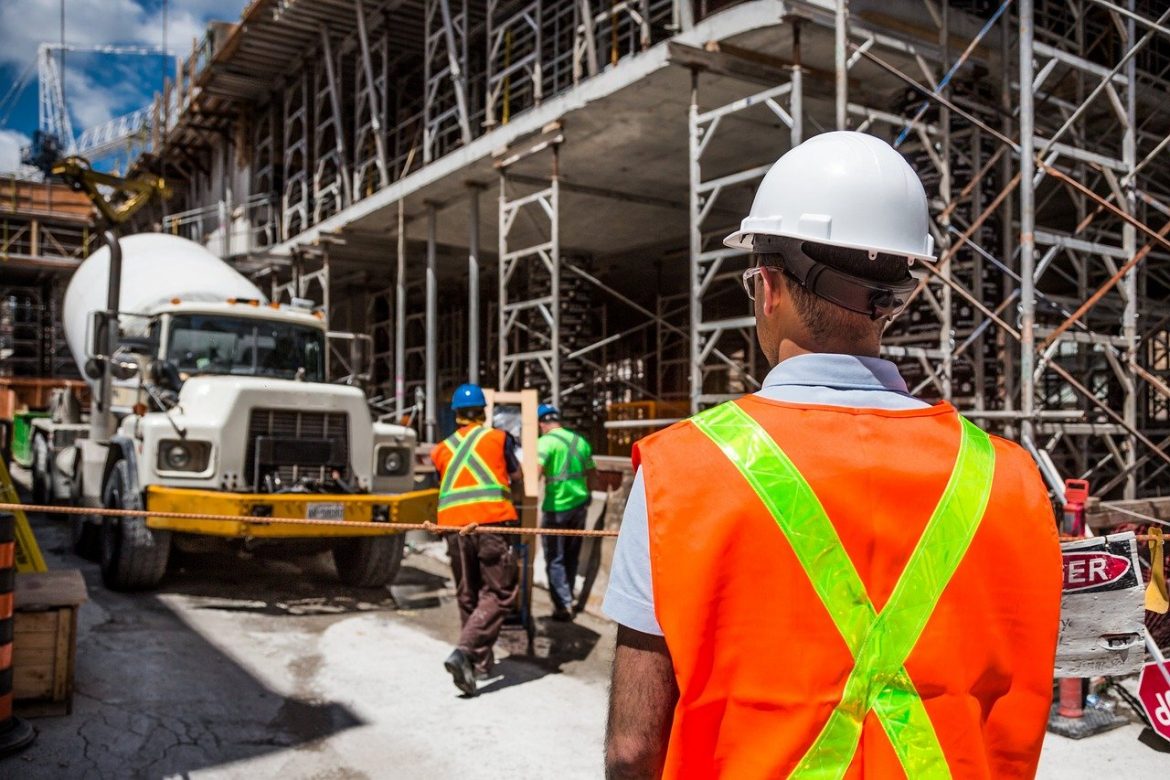Introduction
A turnkey contract is an agreement made between a contractor and another party, such that the contractor takes full ownership of designing and constructing a structure. However, a party may come up with a design of their choice rather than rely on the contractor to design for them. The completed structure must then be sold to a buyer. This project is especially useful to an aspiring entrepreneur who may not know the ins and outs of constructing a structure. A common example of a turnkey project is housing. Most governments enlist the help of private firms or individuals who construct houses or ministries for them. “Turnkey contracts enable our clients to focus on their main business while we oversee the entire project from start to finish”, according to New Zealand-based Apollo Projects, who have completed numerous aquatic centres and sports hall projects for both private clients and local NZ councils.
To further understand this kind of contract, we will need to discuss its clauses, the responsibilities of the involved parties, and its pros and cons.
Clauses
Like every contract, clauses help to address possible concerns that may arise between two consenting parties. Some of the clauses to expect in the contract are explained below.
Completion time – a client will dictate the completion time, so it is up to the contractor to finish the structure on the completion period or earlier. Structures are normally built in stages. The client may either indicate the completion time for each stage or only the final stage. It is thus up to the contractor to find out whether they can meet this requirement.
Price and payments – for a turnkey project, the amount is paid in a lump sum. It is therefore up to the client to conduct their research regarding the cost of labour and materials and only indicate the final figure in the contract. A client may also give the breakdown of the payments in the contract, but it is uncommon to do so.
Project design – as earlier stated, the contractor drafts the structure’s design. The contractor is expected to accurately sketch the structure’s design such that no party ends up feeling short-changed. If a sketch is too big, the client will be forced to pay the contractor more. On the other hand, if a sketch is too small; the client will pay the contractor less which means they may not be able to purchase all the necessary materials.
Construction site – the selection of a site remains the client’s responsibility. A few things a client should consider when choosing a construction site include accessibility, topography, security, soil type, access to raw materials, and so on. Although choosing a site is the client’s duty, the contractor may suggest another site or ways to improve your site.
It must meet your country’s laws requirements – the contract should spell out the rights and obligations of each party; the requirements you would find in a constitution. Additionally, the contract should clearly outline the administrative steps that will facilitate the structure’s completion. By having clear laws, it becomes easier for the courts to judge a case in the event of a breach of the contract.
Responsibilities of the parties
The client’s responsibilities include:
• Payment of the project.
• Helping the contractor obtain permits and licenses.
• Allow the contractor unlimited access to the site until the structure is finished.
The contractor’s duties include:
• Designing the sketch of the project.
• Take steps to ensure they obtain the necessary permits and licenses before constructing.
• Inform the client of any challenges that may hinder the structure’s construction.
• Provide the client with manuals that help the client understand how the structure was built and how to maintain it.
Pros and cons
Pros
• The client saves on costs needed to hire builders since they rely on the contractor to come with his/her workers.
• Communication between the client and the contractor is easier as opposed to situations whereby the client would ordinarily communicate to more parties regarding the status of the project.
• The client’s duties significantly get reduced as the contractor takes over most of the duties.
• The contractor works under minimum pressure since the client in most cases trusts them completely with constructing the structure.
Cons
• A contractor or firm may inadvertently create competition. The implication here is that the client may decide to enlist the services of the other contractors if they deem their services affordable.
Conclusion
Even though turnkey projects are easy for the client when compared to other contract types of the in terms of heavy lifting done by the contractor, the client should still seek the help of a third party (a lawyer). Unbeknownst to the client, they may be short-changed by their contractor especially if they know nothing about what goes into building a structure.




